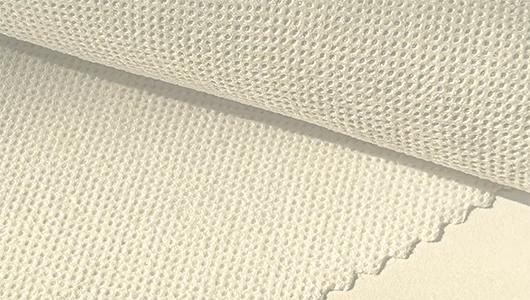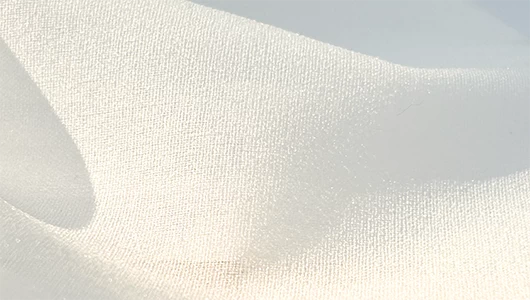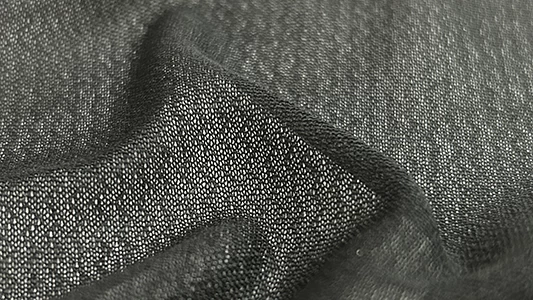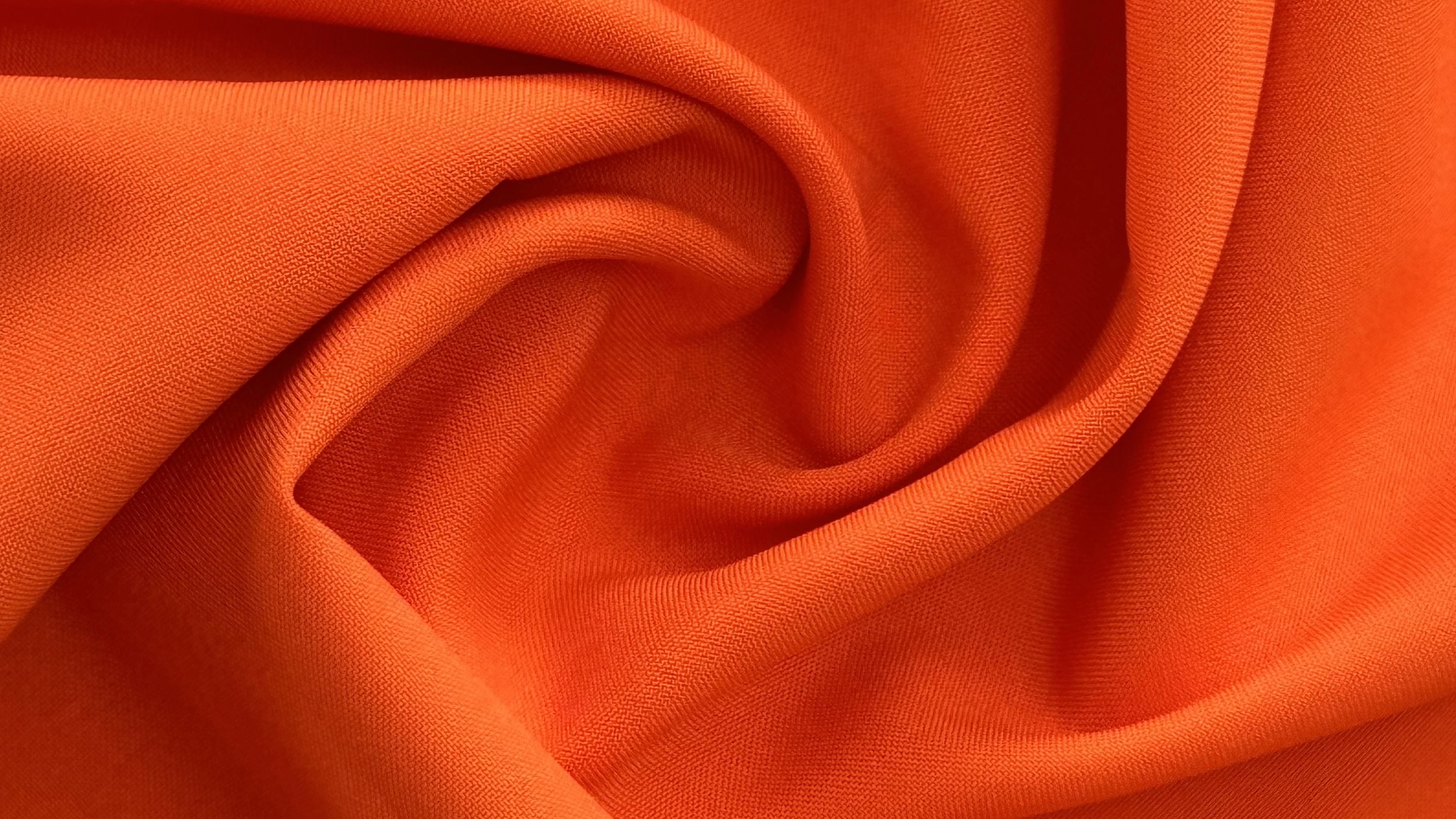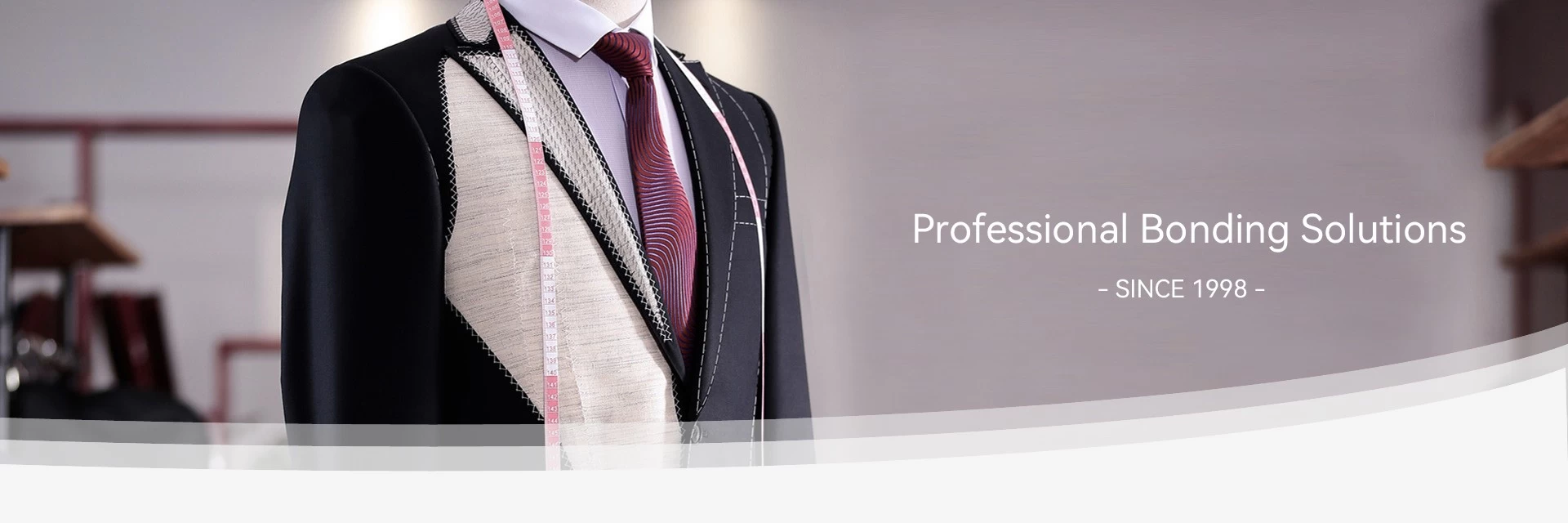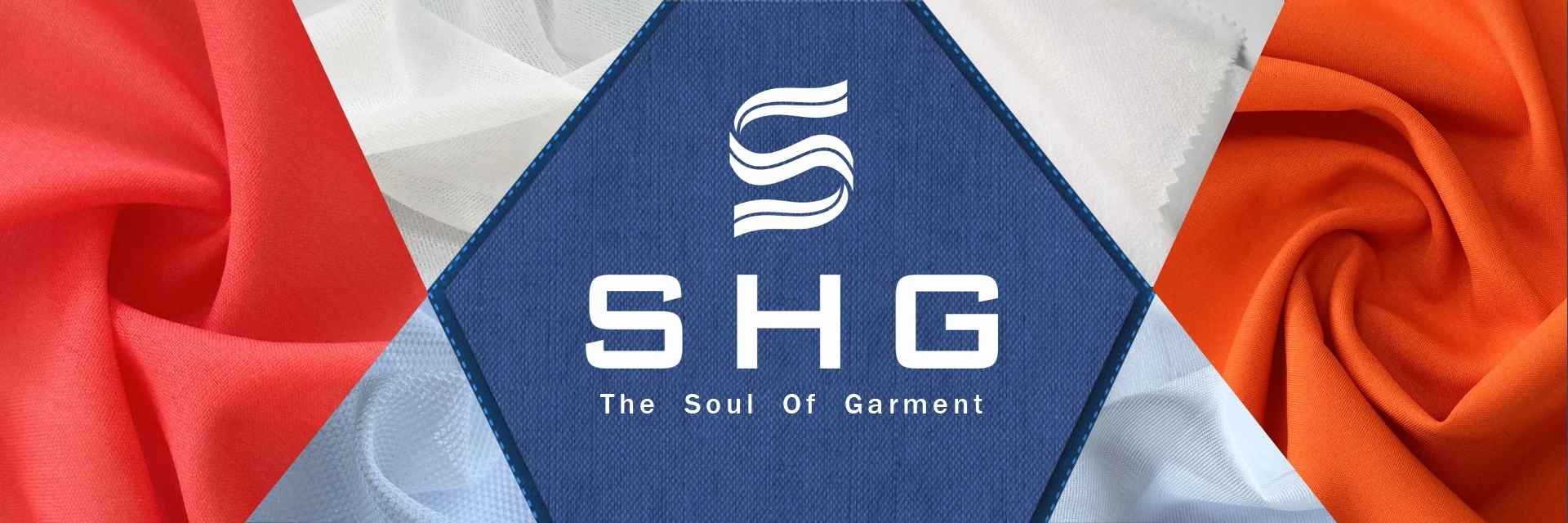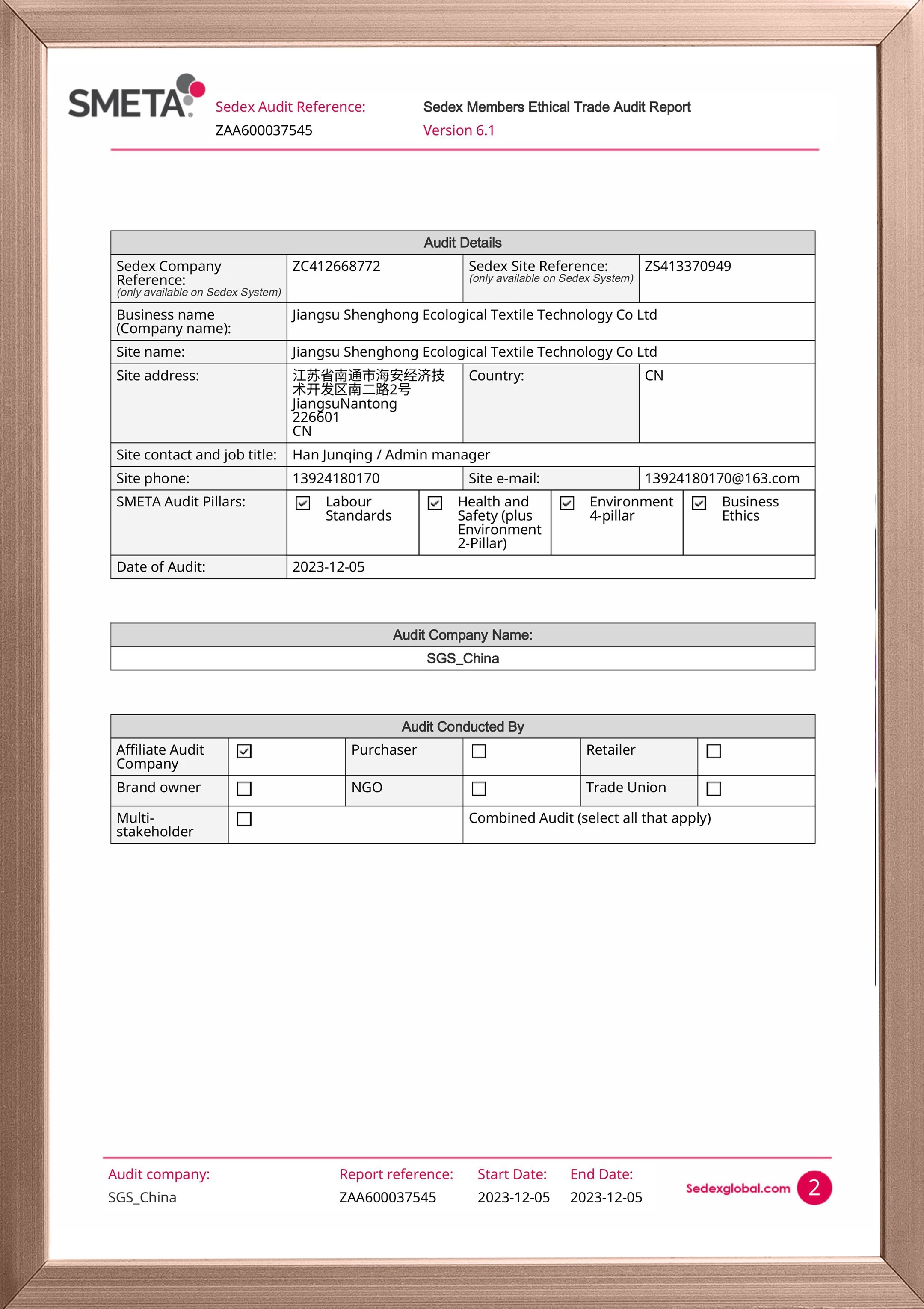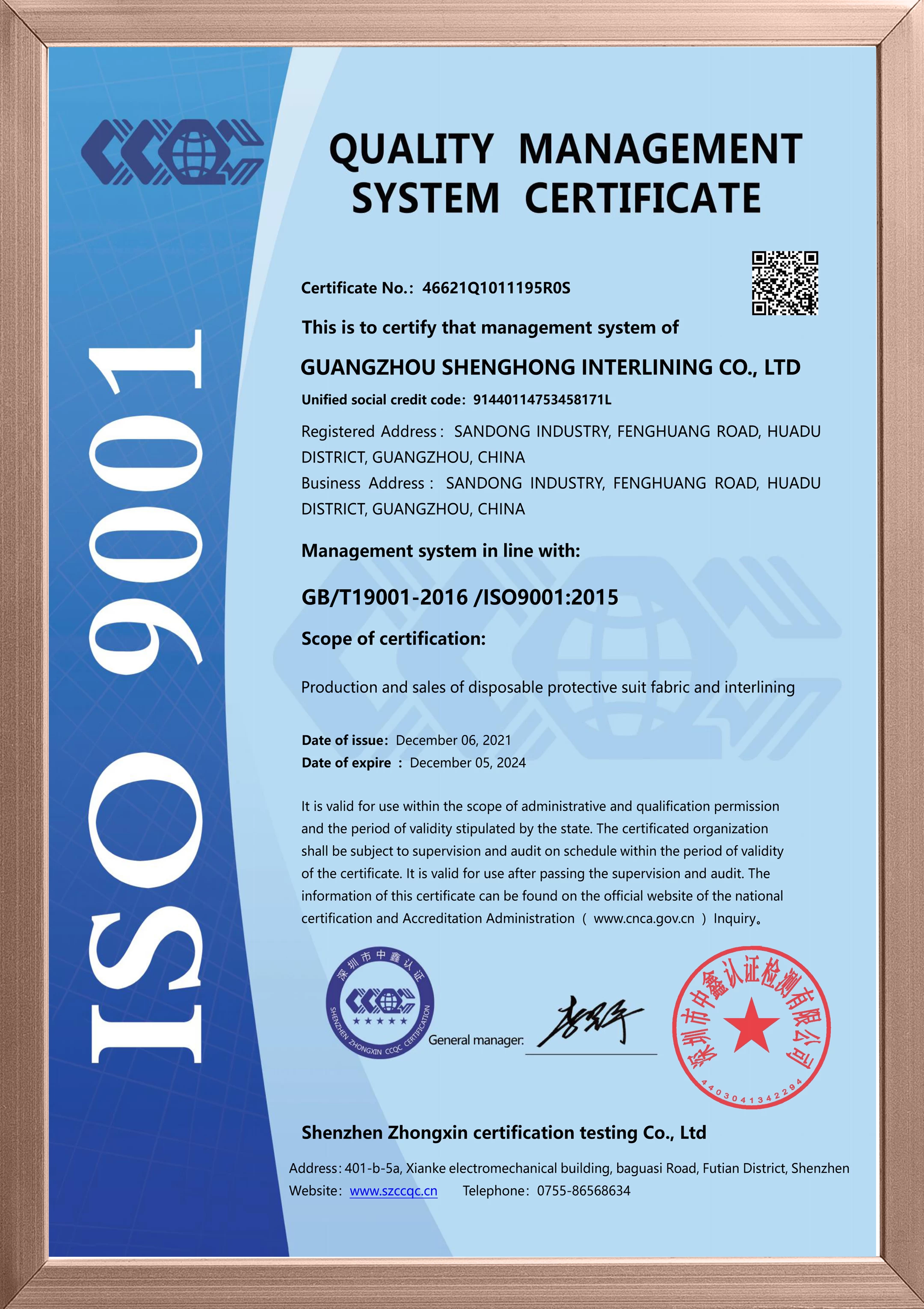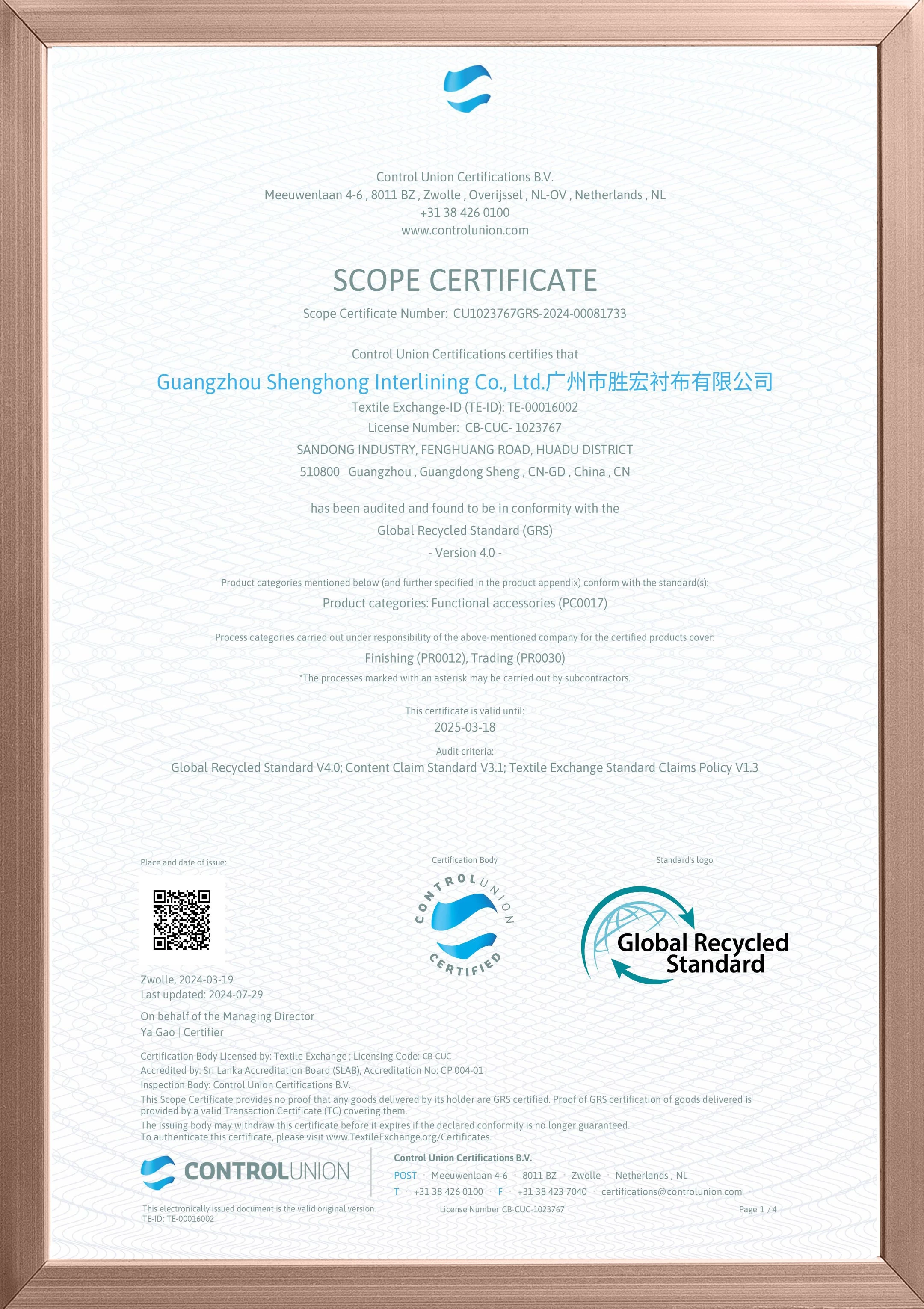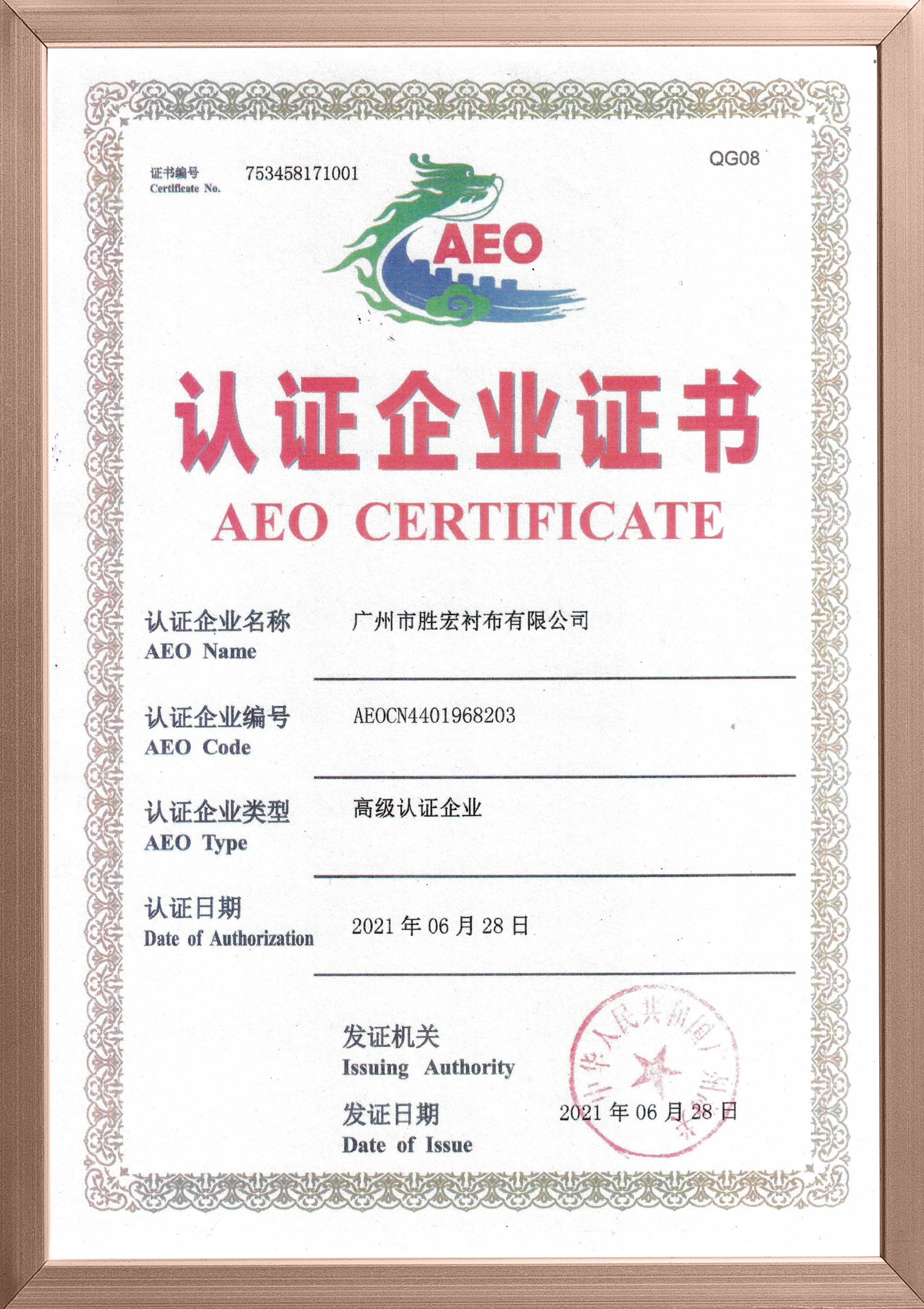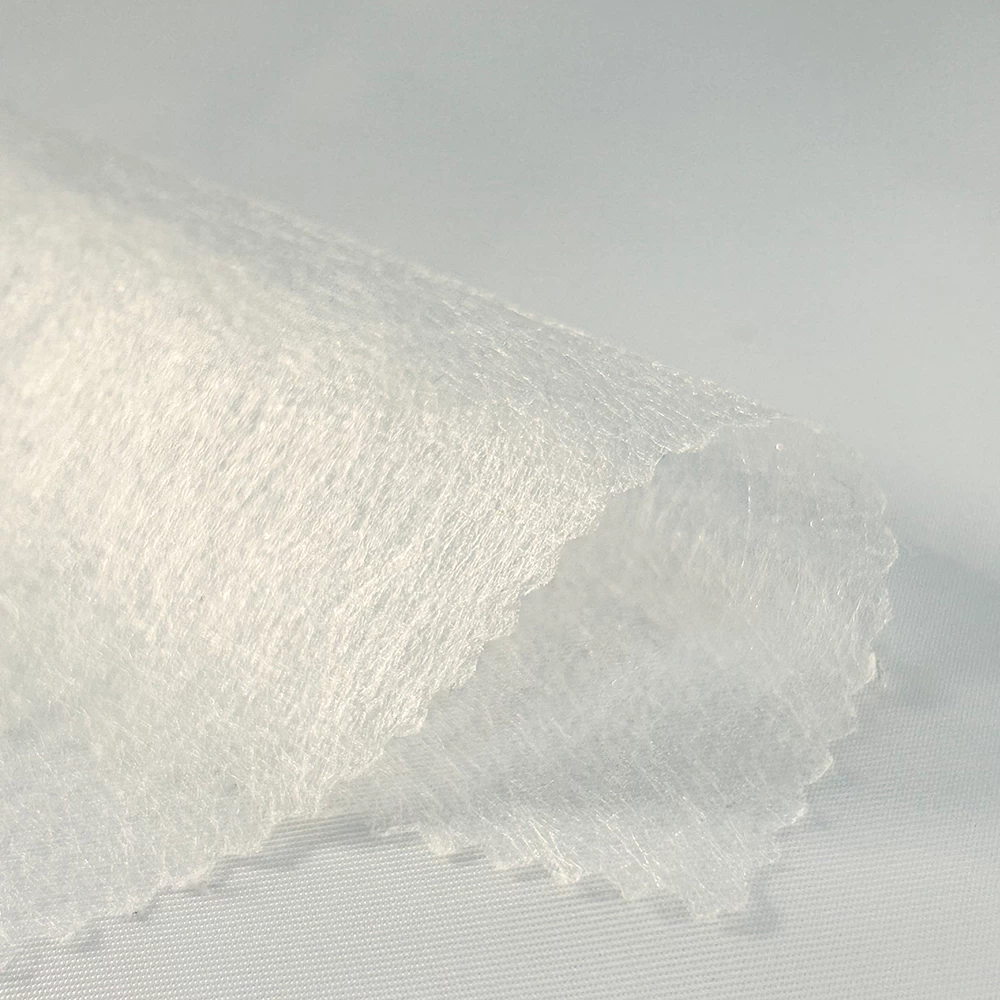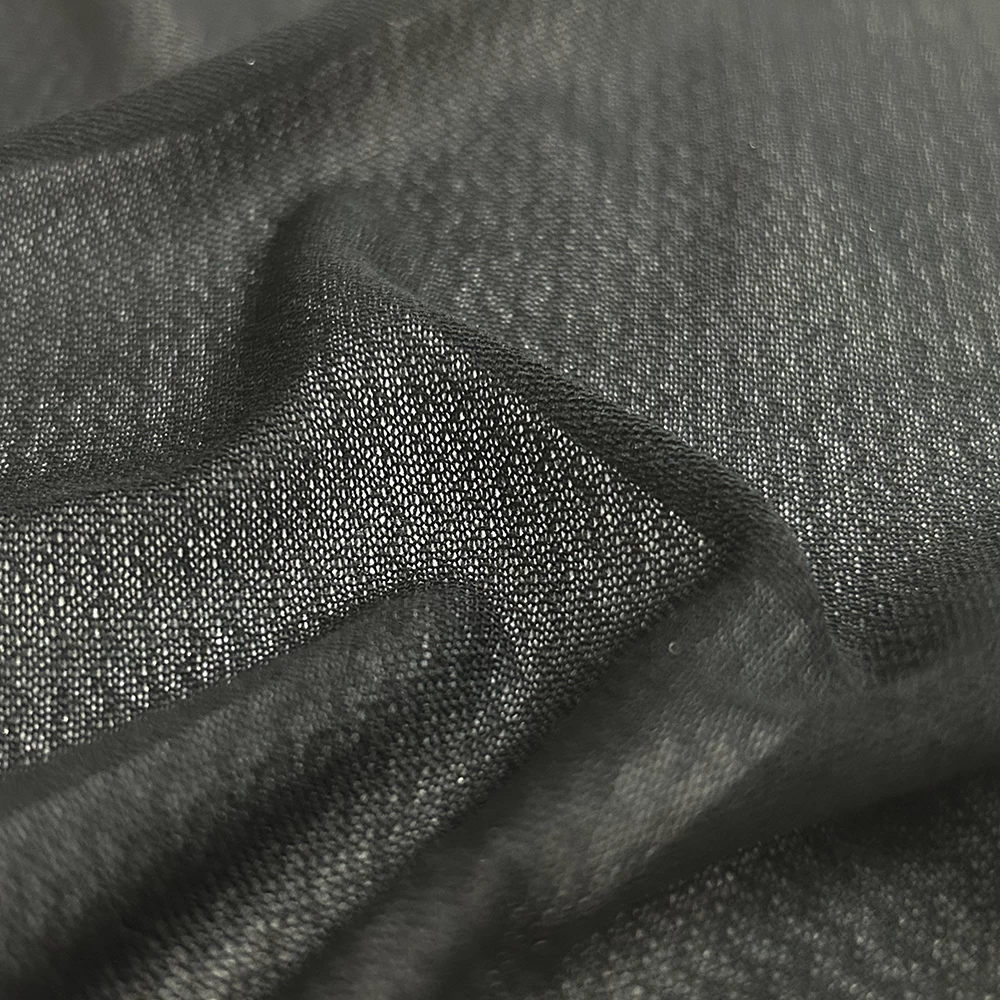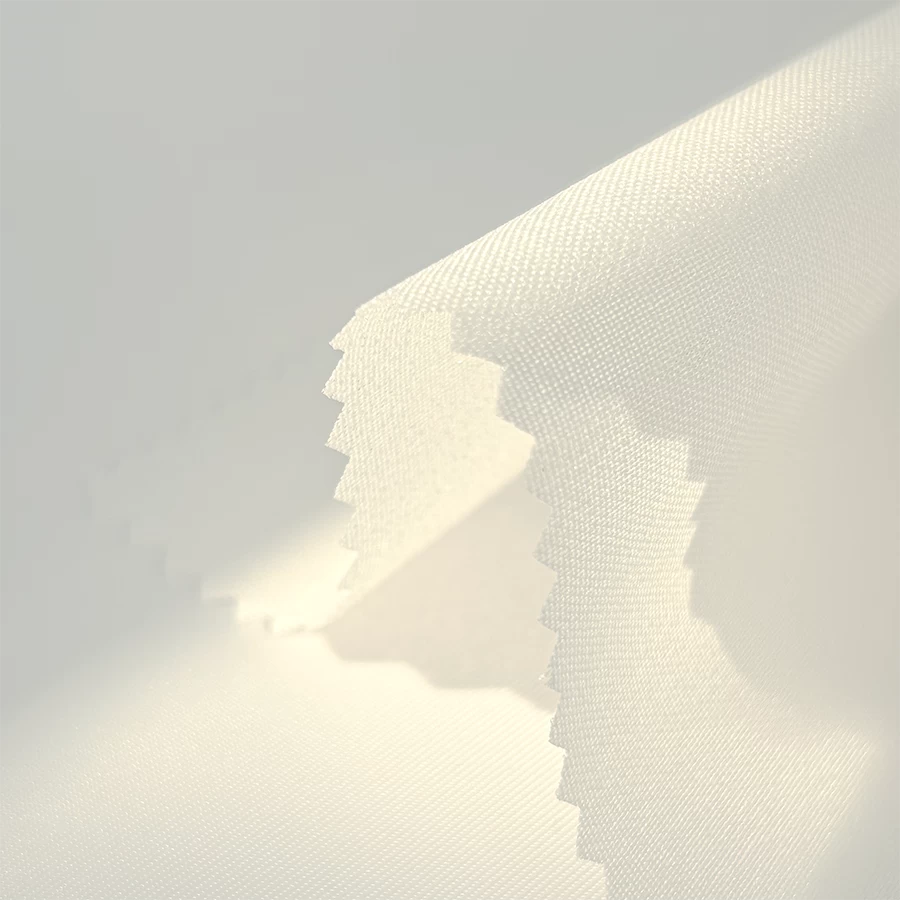Suit shoulder pads: the invisible shaper, details determine success or failure - from material to style comprehensive analysis
I. Classification of shoulder pads
Shoulder pads can be categorized by shape, thickness and structure, and different designs are suitable for different styles of suits.
1. Classification by shape
| Type | Feature | Applicable styles |
| Standard | The shoulder line is slightly raised to form a natural curve | British business suits(Savile Row) |
| Natural | Thin and gentle, hardly changing the shoulder line | Italian soft structure suit(Kiton) |
| Square | angular, straight shoulders | 80's Power Suit, military style |
| Notch | Slightly concave in the center of the shoulder,more closely fitting the human body curve | Haute Couture Suit |
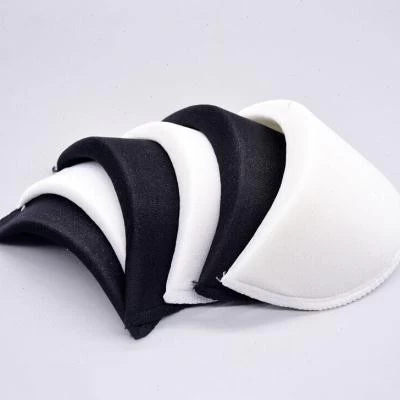
2. Categorized by thickness
Ultra-thin (0.3-0.5cm): nearly invisible, suitable for casual suits.
Medium (0.5-1cm): balancing modification and comfort, preferred for business suits.
Thickened (1-2cm): significantly broaden the shoulder, retro or dramatic style.China Shoulder Pads suppliers
3. Categorized by structure
Single-piece: lightweight and flexible, suitable for casual style.
Multi-layer composite: strong support, used for haute couture.
Detachable: easy to adjust or clean, commonly used in multi-functional suits.China Shoulder Pads manufactures

Second, the material analysis of shoulder pads
The material determines the support, breathability and life of shoulder pads, common choices include:
1. Traditional natural materials
| Material | Feature | Advantages | Disadvantages |
| Woolen fleece | Soft, breathable, natural fit | Four seasons, comfortable | may be deformed in the long run |
| Horsetail lining | Good elasticity, good support | Holds firm, not easy to deform | High cost, handmade specialties |
| Cotton wadding | Thin, light and breathable | Affordable,suitable for casual use | Less supportive |
2. modern synthetic materials
| Material | Feature | Advantages | Disadvantages |
| Polyurethane foam | Lightweight and moldable, low cost | Suitable for mass production of ready-made garments | Poor breathability, easy to harden |
| Memory foam | Automatically adapts to shoulder curves | Good fit, comfortable to wear for a long time | Higher price |
| 3D three-dimensional shoulder pads | Precise fit ergonomics | Personalization, future trend | Not yet popularized |
Material Feature Advantages Disadvantages
Polyurethane foam Lightweight and moldable, low cost Suitable for mass production of ready-made garments Poor breathability, easy to harden
Memory foam Automatically adapts to shoulder curves Good fit, comfortable to wear for a long time Higher price
3D three-dimensional shoulder pads Precise fit ergonomics Personalization, future trend Not yet popularized
Third, the application of shoulder pads
1. business formal wear
Recommended: medium thickness (0.5-1cm) + horsetail lining / multi-layer structure
Effect: Shape the straight shoulder line, enhance the sense of professionalism.
2. Casual suit
Recommended: Ultra-thin shoulder pads (0.3-0.5cm) + Cotton wadding/memory foam.
Effect: natural and comfortable, suitable for daily wear.
3. Retro fashion
Recommended: Thickened shoulder pads (1-2cm) + polyurethane foam
Effect: Exaggerated silhouette for dramatic style.
4. Summer lightweight models
Recommended: Breathable wool wadding/removable design
Effect: Avoid sweltering heat and maintain elegant lines.
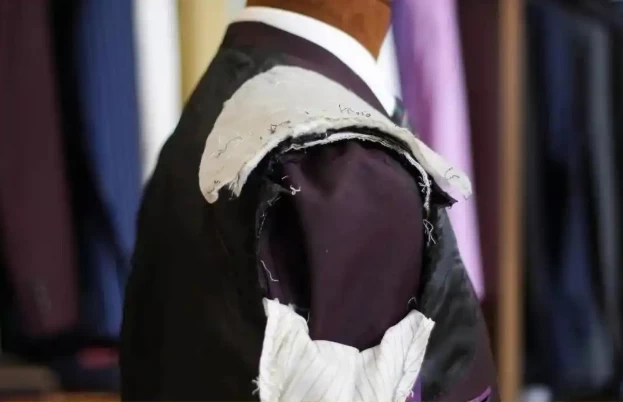
4. How to choose the right shoulder pads for you?
1. Adjust according to the shoulder type:
Narrow shoulders → slightly thick shoulder pads (visual broadening)
Wide shoulders → ultra-thin shoulder pads (to avoid bloating)
2. Focus on comfort: choose memory cotton or wool wadding for long time wearing.
3. Match the style needs: choose firm for business and soft for leisure.
4. Consider seasonal factors: summer breathable priority, winter can be slightly thicker.Shoulder Pads manufacturers in China


